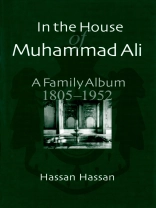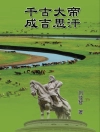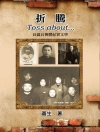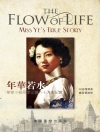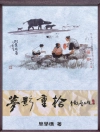This remarkable memoir of a junior member of the former royal family constitutes a unique chronicle of life before 1952 among the members of Egypt’s ruling class. It provides fascinating insights into the lives not only of the rulers themselves, from Muhammad Ali to King Fuad and King Farouk, but also of royal wives, cousins, aunts, uncles, and associated personalities.
In the House of Muhammad Ali is a personal memoir from the inside; it is thus an important document for future scholars. But the book will delight the general reader every bit as much as the historian. It is a charming and evocative account of a time and a social class that no longer exist, written in the author’s inimitable style a style that reads almost like a conversation: ’She emanated a gentle quietude which was like a screen between one and the exterior world. A dim sort of luminosity seemed to surround her, as if she lived in a gray, limbo world of her own also conveyed perhaps by the fact that she had very poor and limited eyesight.’
Prince Hassan’s gift for characterization is matched by an extraordinary eye for detail. His descriptions of houses, palaces, and gardens many of them no longer in existence are at the same time precise and evocative. The book thus also makes an important contribution to the history of Cairene urban geography.
But most valuable of all, perhaps, are the illustrations. Some seventy-five photographs, most of them never published before, have a poignancy that readily leads the viewer into the world they depict. The people in them are clearly defined, richly varied, and above all interesting. At least of equal value are the pictures of palaces, gardens, and riverfront that document aspects of Cairo that vanished long ago. The experience of reading this memoir is akin to discovering a lost generation.
Om författaren
Hassan Hassan, a great-grandson of Khedive Ismail, was born in 1924 and lived in Cairo. He died shortly before his book was published.
